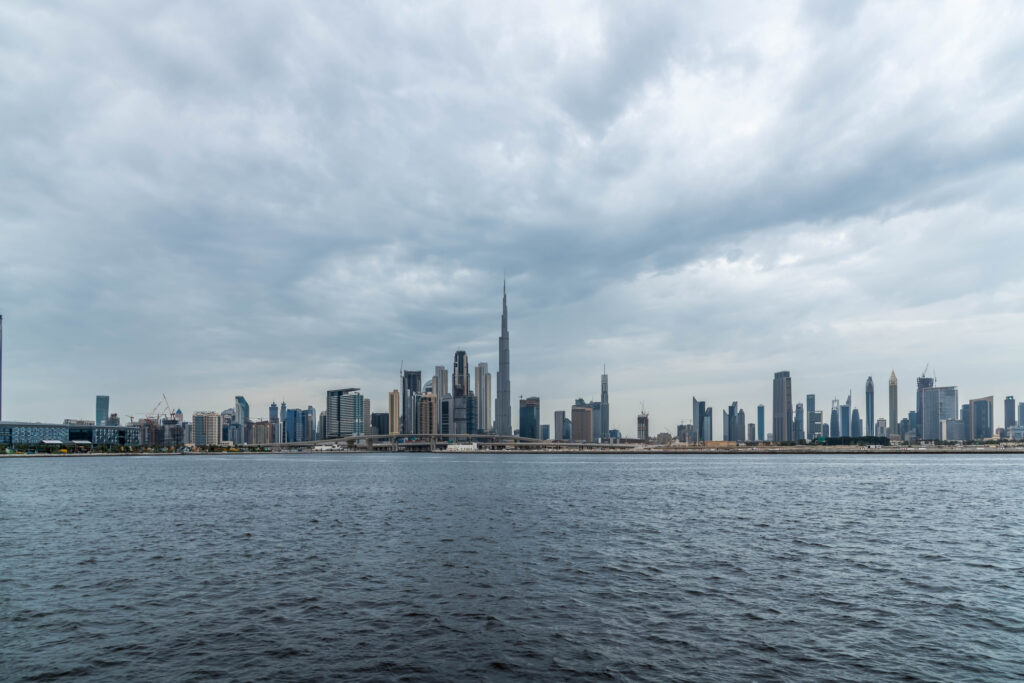In the bustling metropolis of Dubai, known for its skyscrapers and luxury, an unseen challenge looms large: climate change. Rising temperatures and water scarcity are pushing the city to embrace innovative solutions like cloud seeding, a scientific method aimed at enhancing rainfall. As the city grapples with environmental shifts that threaten its agriculture, tourism, and urban infrastructure, cloud seeding presents a beacon of hope.
The Science Behind Cloud Seeding
Cloud seeding works by dispersing substances such as silver iodide into clouds to stimulate precipitation, enhancing natural raindrop formation. It’s important to note, though, that this technology doesn’t create clouds; it optimizes existing ones to maximize rainfall. Since the early 2000s, Dubai has pioneered cloud seeding efforts to increase its water reserves, collaborating with global experts to refine this technology. This initiative is a crucial part of Dubai’s strategy to ensure water security for its growing population.
While the promise of cloud seeding is significant, offering potential relief from droughts and supporting green spaces that can curb wildfires, it also comes with challenges. Critics point out the difficulty in measuring its true effectiveness and the environmental and health impacts of the chemicals used. Despite these concerns, Dubai continues to invest in cloud seeding projects, enhancing its network of meteorologists and climate scientists to improve the precision of these operations.
The success of these endeavors relies heavily on collaboration between government and the private sector, crucial for funding research and fostering technological innovations that can lead to effective environmental management solutions. As Dubai continues to innovate, cloud seeding is poised to play an increasingly significant role in its climate strategy, potentially securing a sustainable and resilient future for the city.
In conclusion, as Dubai tackles the pressing issues of climate change and water scarcity, the innovative approach of cloud seeding may prove essential. This method not only aims to replenish vital water resources but also enhances the city’s ability to sustain its lush landscapes and vibrant life. As research progresses and technology advances, cloud seeding could become a cornerstone of sustainable development in Dubai, showcasing a model of adaptation that other regions might well consider following.
https://www.youtube.com/UAEWeather
